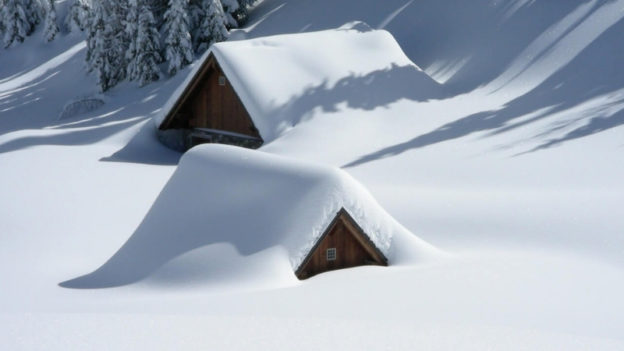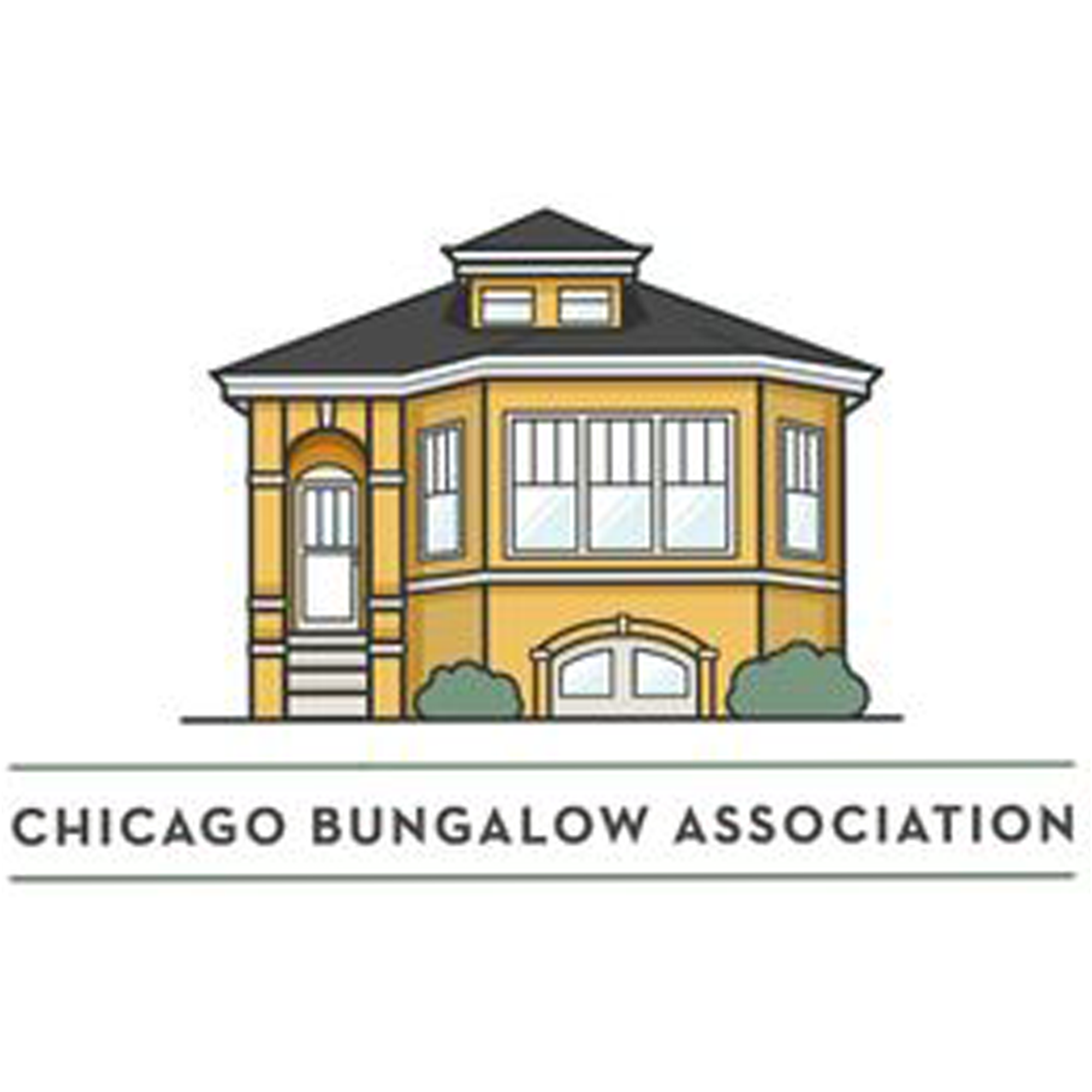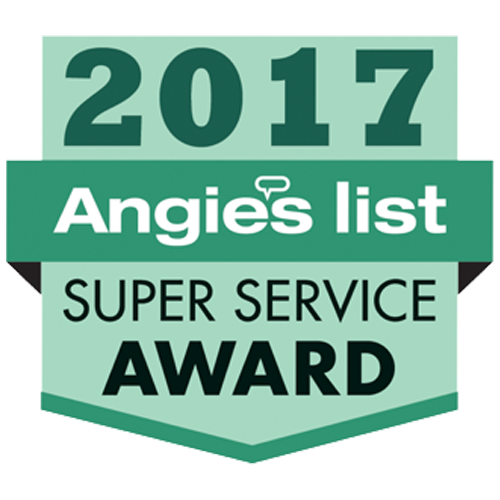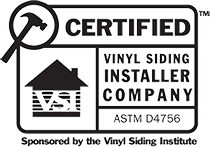Feeling snowed under? If the winter’s been hitting your home hard – you might have plenty to think about. One thing many people forget when they’ve been hit by a blizzard is the integrity and safety of their roof. In this article , we’re going to look at why clearing the snow from your roof is important – along with what to look for in a high-quality snow removal service.
A completely-snow capped roof might look great – but they do present some risks. These risks tend to fall under two categories:
1) Is the roof over-loaded to the extent where it might collapse?
2) Could the snow fall off and injure passers-by (or yourself)?
While both of these risk factors aren’t always applicable to every kind of snow-loaded roof – we need to look a bit more closely at both of them so you can decide if it’s a problem for you.
Heavy snow could damage the integrity of your roof
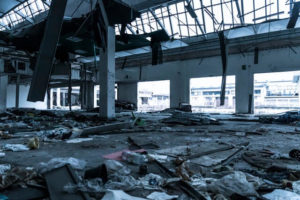 First and foremost – roofs aren’t built to withstand any and all pressure levels. In fact, some cheaper rules might be less-able to carry a load than you think.
First and foremost – roofs aren’t built to withstand any and all pressure levels. In fact, some cheaper rules might be less-able to carry a load than you think.
One thing to remember with snowy roofs – you might think you’re more at risk in an area that has lots of snow each year, but that isn’t always the case. Perhaps counter-intuitively – it’s those areas that suffer a random and unexpected heavy winter which could be the most problematic.
That’s because most areas that get regular snow will normally have homes that are built with that in mind. Your home should already be able to withstand a bit snow-storm if architects and builders were aware of the weather risks in your area when the property was built.
It’s those places where snow is hardly ever an issue that you need to be careful in – especially if your home was put together under the assumption that snow will never be an issue and the most your roof is going to have to deal with is a bit of wind and rain.
How to tell if your roof is at risk
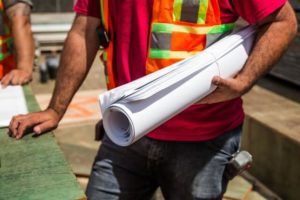 Homes in different areas are built to different standards regarding how much pressure they can take. While there probably won’t be a specific figure for your exact property, if you can find out how much pressure your roof is likely to be able to handle – do it. If you need to, consult a structural engineer or some other industry professional who should be able to give you a good idea about the type of snow removal service you need if any and if your home can stand a bit of snow.
Homes in different areas are built to different standards regarding how much pressure they can take. While there probably won’t be a specific figure for your exact property, if you can find out how much pressure your roof is likely to be able to handle – do it. If you need to, consult a structural engineer or some other industry professional who should be able to give you a good idea about the type of snow removal service you need if any and if your home can stand a bit of snow.
A general estimate for the pressure of 1-foot of snow is around 15lbs per square foot – but this can vary quite a lot depending on the type and intensity of the snowfall.
Industry experts recommend that if you’ve had 2 or more feet of snow in your area – you should definitely start thinking about getting the snow removed.
If you’re looking for actual warning signs of a roof collapse in your home – things can be a bit tricky in the cold weather. That’s because you would normally check for leaks – but these are hard to find if everything’s frozen.
Still, you can look for signs of water damage along with cracks in the drywall and potentially cracked roof joists if you can access the roof cavity or attic.
If you hear cracking – you might be at immediate risk of a roof collapse and should exit the building immediately.
You might also be able to smell unusual odours or have trouble opening doors due to unexpected pressure loads. These could also be an indication that your roof is in danger.
What sort of roofs are at risk?
As we already touched on – those that aren’t built to withstand heavy snow loads are at more risk, especially in an unexpected snow storm. But that doesn’t mean all homes built in areas that experience a lot of snow are necessarily safer. It all depends on the design, construction and maintenance of your roof.
If you’ve got an old roof that’s needed some work for a while, a heavy snow-load could be enough to push it over the edge. You might also want to be careful with older homes that have insulated roofs. This type of insulation might help for energy-efficiency – but they don’t help in snow storms. That’s because a bit of heat exiting your roof is a great way to melt some of the snow and address the problem.
How to prevent heavy snow loads affecting your roof
The best way to fix a snow-loaded roof is to prevent it getting too overloaded in the first place. If it’s safe to dislodge smaller amounts of snow with a long tool before it gets too deep – then do it. Having a roof that can emit the right amount of heat could also help you – as you’ll be able to melt the snow gradually so it never gets too deep. You could even use boiling water for this, but only if it’s safe to access your roof.
Large deposits of snow could also be a safety risk if they slide
The other main risk to your roof with heavy snowfall – other than roof collapse, is snow slides. If your roofs have a fall-off that could be in the way of passers-by or other areas people exit or enter your home, you might want to be careful. Again, you can use the same methods we’ve just looked at to try and dislodge or melt the snow. Otherwise, make sure walkways and at-risk areas are well sign-posted so people can keep clear.
Is it time for a new roof or a snow removal service?
Older roofs are often more at risk from issues during heavy snow. While a new roof can be expensive, it might be the right thing for your home – especially if you get one that can withstand tons of pressure. If you’re just looking for a short-term solution or don’t get a lot of snow in your area, a snow removal service could be the right choice. There should be a few high-quality snow-removal specialists in your area that are experience in clearing roofs in winter and making them safe again.



